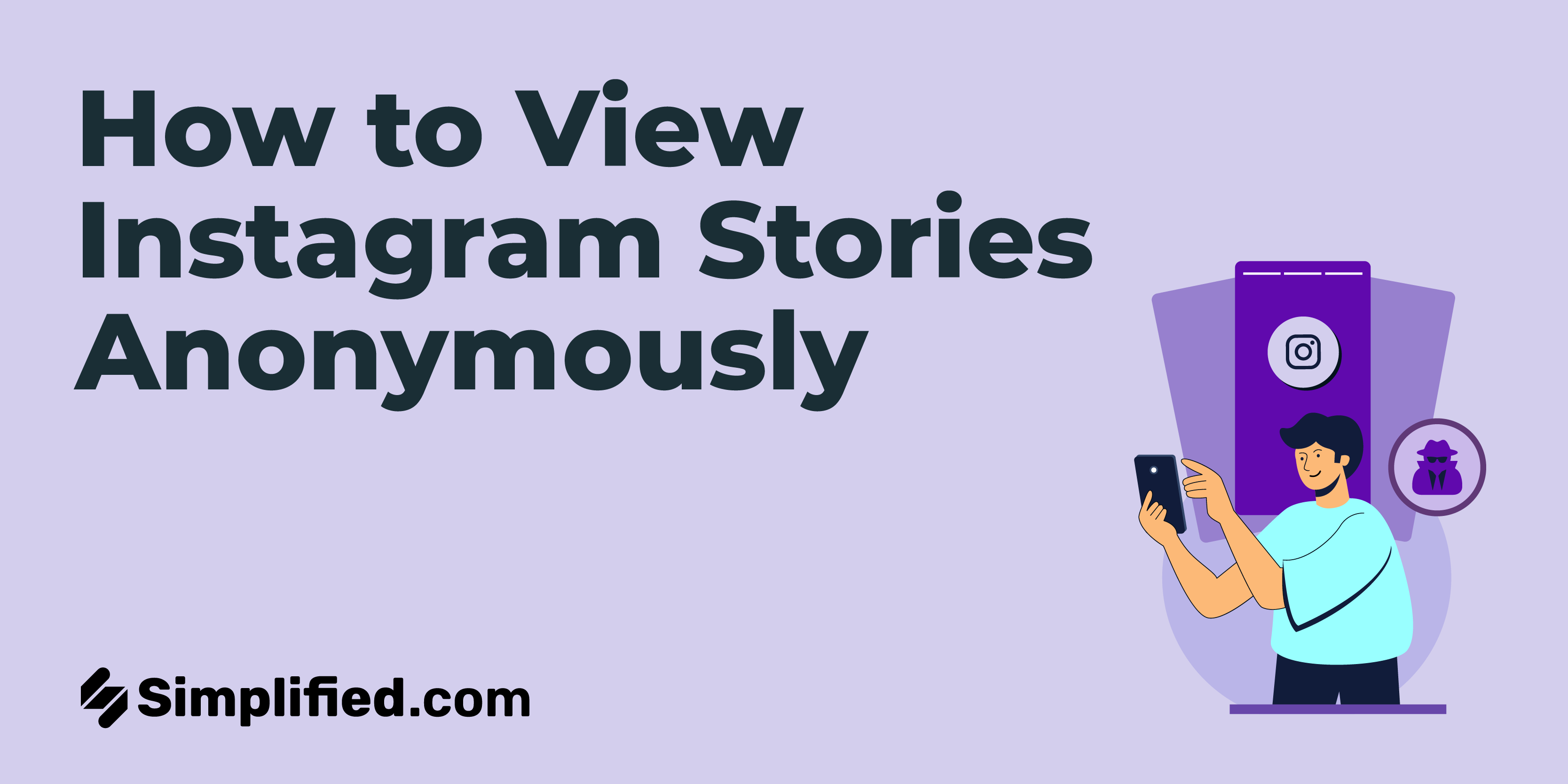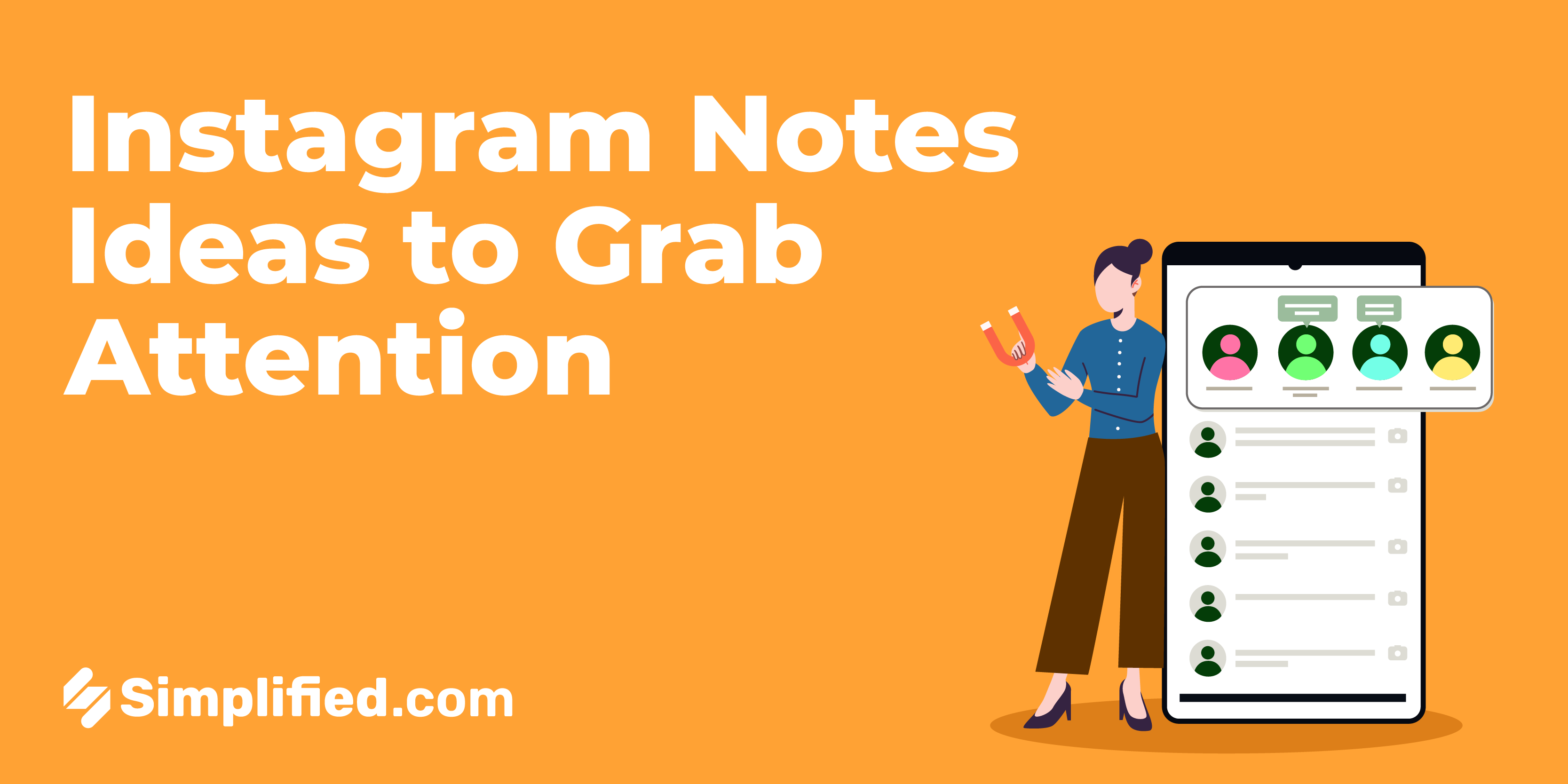Geotagging, a prominent term in the social media lexicon, refers to the process of adding geographical metadata, such as location coordinates, to various forms of media, including photos, videos, and posts. This allows users to provide context about where the content was created or shared.
The concept of geotagging emerged with the integration of GPS technology into smartphones and digital cameras. As these devices gained popularity, users began to explore ways to associate their content with specific locations, leading to the widespread adoption of geotagging across social media platforms.
How Geotagging Works
Geotagging involves capturing the geographic coordinates of a device at the time a piece of content is created. These coordinates, typically latitude and longitude, are embedded in the metadata of the file. Social media platforms then use this data to display the location of the content on a map or provide location-based search results.
Benefits for Social Media Managers
Social media managers leverage geotagging to enhance the visibility and relevance of their content. By tagging posts with specific locations, businesses can reach local audiences more effectively and connect with users interested in location-specific information or services.
Impact on User Engagement
Geotagged content often experiences higher engagement levels as it adds a layer of authenticity and context for the audience. Users appreciate the connection to real places and experiences, making geotagging a valuable strategy for influencers, brands, and individuals looking to build a more engaged following.
Popular Platforms Supporting Geotagging
- Instagram: Allows users to add location tags to photos and stories, providing a visual representation of where the content was created.
- Twitter: Enables geotagging for tweets, offering users the option to share their location when composing tweets, adding context to their posts.
- Facebook: Supports geotagging for posts and check-ins, enhancing local discoverability and allowing users to share their location-based activities.
- Snapchat: Incorporates geotags known as "Geofilters" that users can add to their snaps, showcasing specific locations or events.
- LinkedIn: Offers location tagging for status updates, allowing professionals to share insights from specific business events or locations.
- TikTok: Allows users to add geotags to their videos, showcasing the location where the content was created, contributing to trending location-based challenges.
Best Practices for Geotagging
For optimal results, consider the following when using geotagging on social media:
- Ensure location accuracy to provide relevant information to your audience.
- Use geotagging strategically, focusing on locations that align with your content and target audience.
- Respect privacy settings and only share location information when appropriate.
Conclusion:
In conclusion, geotagging is a powerful tool that adds a spatial dimension to social media content. Understanding how to effectively use geotagging can significantly enhance your social media strategy, offering new opportunities for engagement and audience connection.
.webp)













